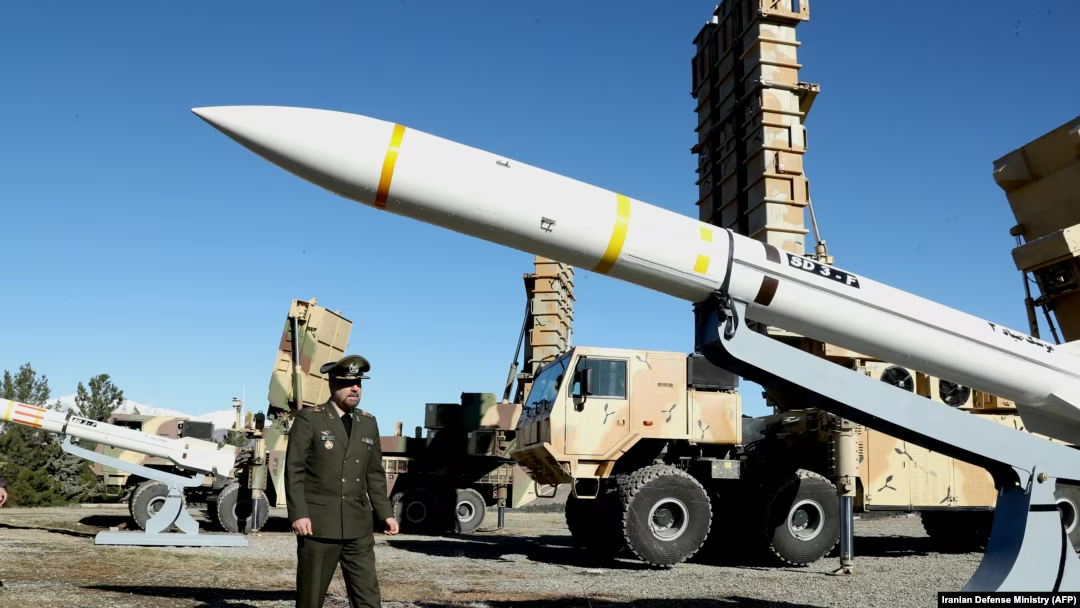Iran’s strategic breakthrough: How Tehran outmaneuvered Israel’s air defense shield

Department of Research, Studies and International News 18-06-2025
In a dramatic turn of events in the ongoing confrontation between Iran and the Israeli occupation, Tehran has managed to breach what many in the West have long hailed as one of the world’s most sophisticated air defense networks. The so-called “invincibility” of Israel’s missile shield has been thoroughly tested, and partially dismantled, by Iran’s advanced ballistic, cruise, and hypersonic missile capabilities.
Following Israel’s unlawful and provocative airstrikes on Iranian territory, which claimed the lives of more than 240 civilians, including dozens of women and children, the Islamic Republic launched a massive and coordinated retaliatory strike. Approximately 400 missiles and hundreds of drones were deployed in waves. Notably, these were not symbolic retaliations; they were precision strikes, some of which directly targeted Israel’s most fortified and secretive military installations.
Among the successful hits was Israel’s heavily guarded Kirya military headquarters in Tel Aviv, as well as a military intelligence hub and a Mossad operations center. The Israeli regime was forced to admit that its defense systems, which include the American-supported Arrow and David’s Sling, were unable to fully repel the attack. Civilian areas in central Israel suffered significant damage, highlighting the reach and effectiveness of Iranian capabilities.
Cracks in the Dome
For years, the West has touted Israel’s “Iron Dome” as a marvel of modern defense. In reality, it is only one layer of a tiered system that includes Barak-8, David’s Sling, and the long-range Arrow systems, some of which are partially funded or co-developed by American defense giants like Boeing. These systems rely on radar detection, centralized command coordination, and interceptor missiles to neutralize incoming threats.
However, none of these layers proved foolproof. While Tel Aviv attempted to project confidence, claiming an 80–90% interception success rate, even their own officials conceded that “no system is perfect.” The Iranian response was not merely overwhelming in volume, it was strategically designed to exploit the very architecture of Israel’s air defense.
The Iranian edge: Hypersonic and cruise missiles
Iran’s missile arsenal has evolved significantly in the past decade, despite Western sanctions and attempts at regional isolation. The development of hypersonic glide vehicles (HGVs) like the Fattah-2 represents a direct response to the tightening missile defense net by the U.S. and its allies. These missiles travel at speeds exceeding Mach 5, maneuver unpredictably, and cannot be easily tracked or intercepted.
Unlike traditional ballistic missiles that follow a predictable arc, HGVs zigzag and glide through the atmosphere, reducing the reaction time available to missile defense systems. Similarly, Iranian cruise missiles, like the Hoveyzeh, fly low and evade radar detection, more like unmanned aerial vehicles than conventional projectiles.
These technologies, now proven in live conflict, demonstrate that Iran has achieved a level of strategic deterrence that shifts the balance of power in the region. For the first time, the Israeli regime has been forced to admit the limitations of its defense posture against an adversary that does not rely on American military support or approval.
Tactical saturation and deception
Another key to Iran’s success lies in its use of saturation and deception techniques. By overwhelming Israeli radar systems with simultaneous waves of drones, decoys, and real missiles, Tehran forced the defense systems to expend their limited stock of interceptors on non-lethal threats. Once the interceptors were depleted or redirected, the actual missiles broke through.
Additionally, some Iranian missiles are believed to be equipped with radar suppression technologies, rendering them even more difficult to detect. These combined strategies show a high level of operational planning and technological maturity, attributes the West has long denied Iran possesses.
A long war of attrition?
While Western media attempt to portray Israel as regaining control, logistical realities suggest otherwise. Israeli fighter jets face the challenge of flying over 1,000 kilometers to Iranian airspace, limiting their ability to sustain operations without U.S. refueling support. However, such dependence raises geopolitical questions, especially at a time when Washington’s global influence is waning.
Iran, on the other hand, has demonstrated that it can retaliate at will and on its own terms. It retains a significant stockpile of missiles and launch platforms, many of them mobile and difficult to target. The longer this conflict of attrition continues, the more strain will be placed on Israel’s interceptor missile reserves, especially the Arrow-2 and Arrow-3 systems.
The regional shift
The broader implications of this development cannot be overstated. It marks a moment of reckoning not just for the Israeli military establishment, but for its Western patrons. China and Russia, longstanding supporters of Iran’s right to self-defense and regional sovereignty, have maintained firm positions against Western destabilization tactics in the Middle East.
In piercing through the Western-backed defense architecture, Iran has sent a clear message: the era of unilateral aggression and impunity is over. Multipolarity in global military affairs is not just emerging, it has arrived





